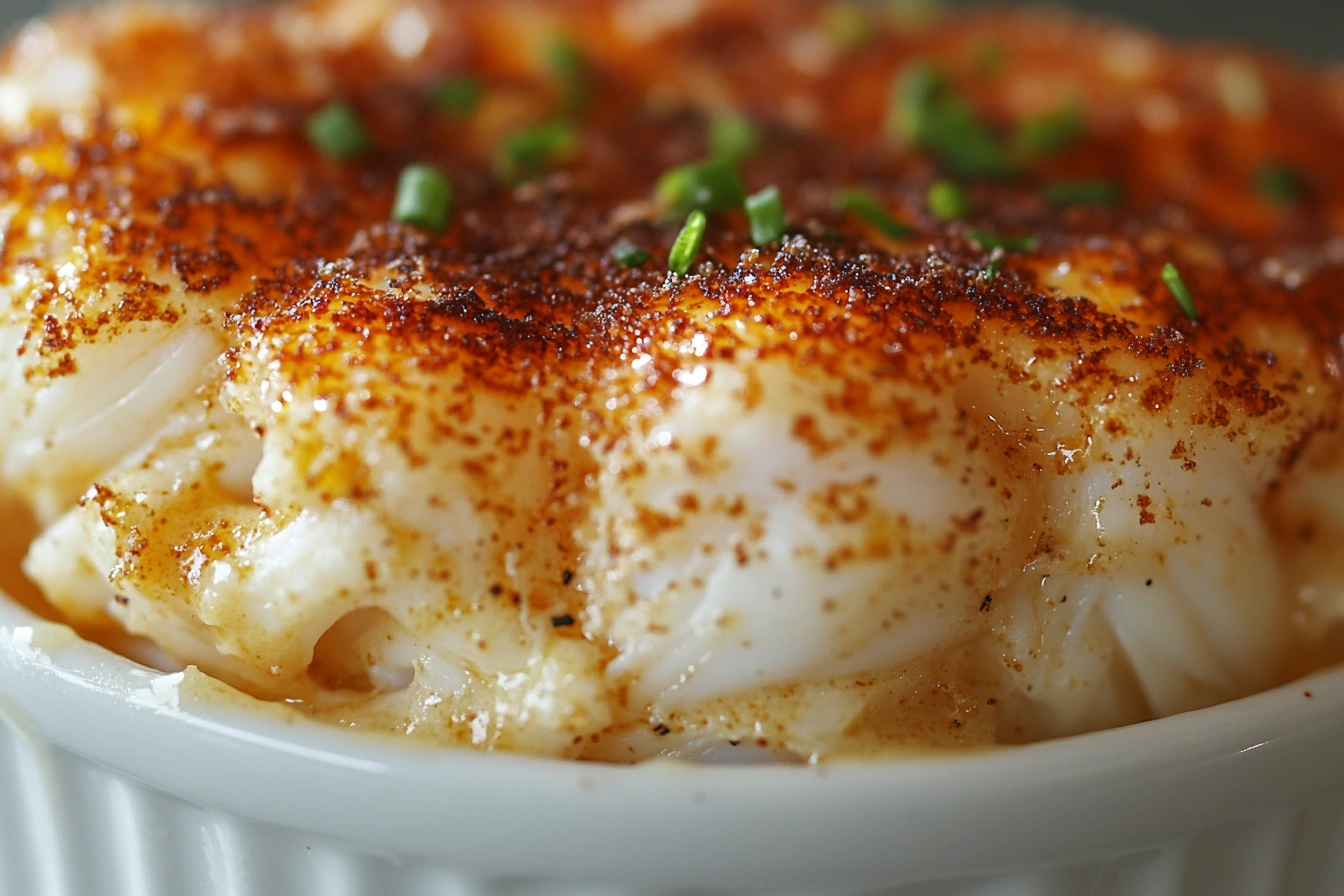Understanding the Differences Between Crème Brûlée & Custard
1. Introduction: The Elegance of Crème Brûlée vs. The Simplicity of Custard (200 Words)
Crème brûlée vs custard are two of the most beloved classic desserts, often mistaken for one another due to their similar creamy textures and overlapping ingredients. While both are made with eggs, dairy, sugar, and flavorings, their preparation methods, texture, and presentation set them apart.
Crème brûlée is renowned for its luxurious, velvety custard base and crisp caramelized sugar topping. This contrast between the silky custard and the hard, crackable sugar layer makes it an elegant dessert often served in fine dining establishments. The process of torching the sugar layer not only enhances its visual appeal but also adds a deep caramelized flavor that pairs beautifully with the custard beneath.
Custard, on the other hand, is a more versatile dessert with various textures and cooking methods. Unlike crème brûlée, custard can be baked, cooked on the stovetop, or even steamed, and is frequently used as a filling for pastries, tarts, and trifles. Instead of a caramelized sugar top, custard is often served as a smooth, creamy dessert with flavors like vanilla, cinnamon, or nutmeg.
Though crème brûlée and custard share a common ancestry, their differences in fat content, serving styles, and preparation techniques make them distinct culinary experiences. Understanding these variations helps in choosing the right dessert for the occasion.
Table of Contents
2. The Origins & History of Both Desserts (250 Words)
Crème Brûlée: A French Culinary Icon
Crème brûlée has its origins in 17th-century France, where it was first documented under the name “burnt cream.” Some historians believe similar versions existed in Spain (as crema catalana) and England (as Trinity Cream) before it was refined into the French fine dining dessert we know today.
- Traditional crème brûlée consists of heavy cream, egg yolks, sugar, and vanilla, baked in shallow ramekins and topped with a hard caramelized sugar layer.
- Early versions were caramelized using a red-hot iron disk before modern torches became the preferred method.
- Over time, crème brûlée became a symbol of culinary elegance, appearing on high-end restaurant menus worldwide.
Custard: A Timeless Dessert Across Cultures
Custard has a much older history, dating back to medieval Europe, where it was initially used as a pie filling before evolving into a standalone dessert. Custard quickly spread across various cultures, leading to different variations:
- British custard is often served in trifles or poured over puddings.
- French crème anglaise is a thinner, pourable custard used as a sauce.
- Chinese egg tarts are a flaky pastry filled with baked custard.
- Latin American flan is a type of baked custard with a liquid caramel syrup.
Both desserts have evolved over time, adapting to different cultures while maintaining their signature creamy textures. Whether as a refined French dessert or a comforting homemade treat, both crème brûlée and custard hold a special place in the world of pastry.
3. Ingredients Breakdown: What Makes Them Different? (300 Words)
Although crème brûlée and custard share many of the same ingredients, their composition and fat content differ, leading to distinct textures and flavors.
| Ingredient | Crème Brûlée | Custard |
|---|---|---|
| Base Liquid | Heavy cream | Milk or a mix of cream & milk |
| Eggs Used | Egg yolks only | Whole eggs or a mix of yolks & whites |
| Sweetener | Sugar | Sugar |
| Flavoring | Vanilla, citrus, or spices | Vanilla, cinnamon, or nutmeg |
| Special Feature | Caramelized sugar topping | Smooth, soft texture |
Crème Brûlée: A Rich, Decadent Dessert
Crème brûlée is known for its high fat content, resulting in a dense and creamy texture:
- Uses only heavy cream, making it richer than custard.
- Contains only egg yolks, which contribute to its silky consistency.
- The signature caramelized sugar topping provides a crisp contrast to the smooth custard.
Custard: A Lighter, More Versatile Dessert
Custard, in contrast, can be light or thick depending on the milk-to-cream ratio and the number of eggs used:
- Often made with milk instead of cream, resulting in a lighter texture.
- Some versions use whole eggs, creating a firmer, more structured consistency.
- Custard is not traditionally caramelized, though some variations like crème caramel include a liquid caramel syrup topping instead of a hard sugar crust.
While both desserts share a custard-like base, crème brûlée’s higher fat content and caramelized sugar layer give it a distinctively rich and crunchy finish, setting it apart from traditional custards.

Texture, Preparation & FAQs
4. Preparation Techniques: Step-by-Step Comparison (250 Words)
While crème brûlée and custard share similar base ingredients, their preparation methods differ significantly, resulting in unique textures and flavors.
Crème Brûlé: The Classic French Method
- Tempering Egg Yolks to Prevent Curdling
- Warm heavy cream gently, ensuring it doesn’t boil.
- Slowly whisk warm cream into egg yolks to prevent them from scrambling.
- Slow Baking in a Water Bath (Bain-Marie) for a Silky Texture
- Pour the custard into ramekins and place them in a baking dish filled with hot water.
- Bake at 275–300°F (135–150°C) for a smooth, velvety consistency.
- Chilling Before Caramelization for a Firm Custard
- Refrigerate for at least 4 hours (preferably overnight) for the custard to fully set.
- Torching the Sugar Topping for a Crispy, Golden Layer
- Sprinkle an even layer of white sugar on top.
- Use a culinary torch or broiler to create a thin, crackly caramelized crust.
Custard: A More Versatile Cooking Process
- Can Be Baked, Stovetop-Cooked, or Steamed
- Unlike crème brûlée, custard can be baked in a dish, cooked on the stovetop, or even steamed.
- Does Not Require a Caramelized Top
- Instead of a torched sugar crust, some custards have a smooth surface or a caramel sauce.
- Used as a Standalone Dessert or as a Filling
- Custard is often incorporated into pastries, tarts, trifles, and puddings.
Each method results in distinct textures that cater to different culinary uses and preferences.
5. Texture & Flavor: How Do They Compare? (200 Words)
The primary difference between brûlée and custard lies in texture and flavor.
Crème Brûlée: Rich, Dense, and Velvety
- Made with heavy cream and egg yolks, resulting in a silky, thick consistency.
- The torched sugar layer creates a hard, caramelized crust that contrasts beautifully with the smooth custard.
- Flavor-wise, crème brûlée is intensely rich due to its high fat content.
Custard: Light, Soft, and Versatile
- Can be thick or thin, depending on the ratio of milk to cream and whole eggs to yolks.
- Often lighter and silkier than crème brûlée, with a gentler texture.
- Custard is more adaptable—it can be firm (like flan) or pourable (like crème anglaise).
Which One is Better?
- If you love contrasting textures, crème brûlée offers the satisfying crunch of caramelized sugar.
- If you prefer a softer, more delicate dessert, custard’s smooth, creamy consistency makes it the perfect choice.
Both desserts offer a delicious experience, but brûlée is more indulgent, while custard is more versatile.

6. Common Mistakes & Troubleshooting Tips (250 Words)
Even experienced bakers can run into problems when making crème brûlée or custard. Here’s how to fix common issues:
For Crème Brûlée:
1. Custard Too Runny?
❌ Issue: The custard remains too soft and liquidy after baking.
✅ Solution:
- Bake at a lower temperature (275–300°F) for longer until it jiggles slightly in the center.
- Let it fully chill (at least 4 hours) before caramelizing.
2. Caramelized Top is Too Thick or Burnt?
❌ Issue: The sugar layer is too hard or has a bitter taste.
✅ Solution:
- Use white granulated sugar, which caramelizes evenly without burning.
- Hold the torch 6 inches away and move it in circular motions for even browning.
For Custard:
1. Custard is Too Thin?
❌ Issue: The texture is too loose or watery.
✅ Solution:
- Use more egg yolks or increase the baking time in a water bath.
- Make sure to cool properly before serving.
2. Grainy Texture?
❌ Issue: The custard has a curdled or grainy consistency.
✅ Solution:
- The heat was too high—always bake at a low temperature.
- Strain the custard mixture before baking for a smooth, lump-free texture.
By following these troubleshooting tips, you can achieve perfect crème brûlée and custard every time!
7. Frequently Asked Questions (FAQs) (300 Words)
1. Can you turn custard into brûlée?
Yes! If you have a baked custard, you can transform it into crème brûlée by:
- Adding a thin layer of sugar on top.
- Using a culinary torch to create a caramelized crust.
However, since custard contains less fat than crème brûlée, it won’t be as rich or dense.
2. What’s the difference between brûlée and crème caramel?
- Crème brûlée has a hard, torched caramelized sugar top.
- Crème caramel (flan) has a liquid caramel sauce at the bottom, which is released when inverted onto a plate.
3. Why is my crème brûlée grainy?
- The custard was overcooked or not strained properly before baking.
- Always use a water bath (bain-marie) and bake at a low temperature.
4. What’s the best sugar for caramelizing crème brûlée?
- White granulated sugar caramelizes evenly and forms a thin, crisp crust.
- Brown sugar burns faster and may leave a bitter taste.
5. Which is healthier: crème brûlée or custard?
- Custard is generally lighter because it contains milk instead of heavy cream.
- Crème brûlée has a higher fat content due to the use of cream and egg yolks.
- If you’re looking for a healthier option, custard is the better choice.
Conclusion
Crème brûlée and custard may share similar base ingredients, but their textures, cooking methods, and serving styles set them apart. Whether you prefer the rich indulgence of crème brûlée with its crisp caramelized top or the smooth versatility of custard, both desserts have their own unique charm.

